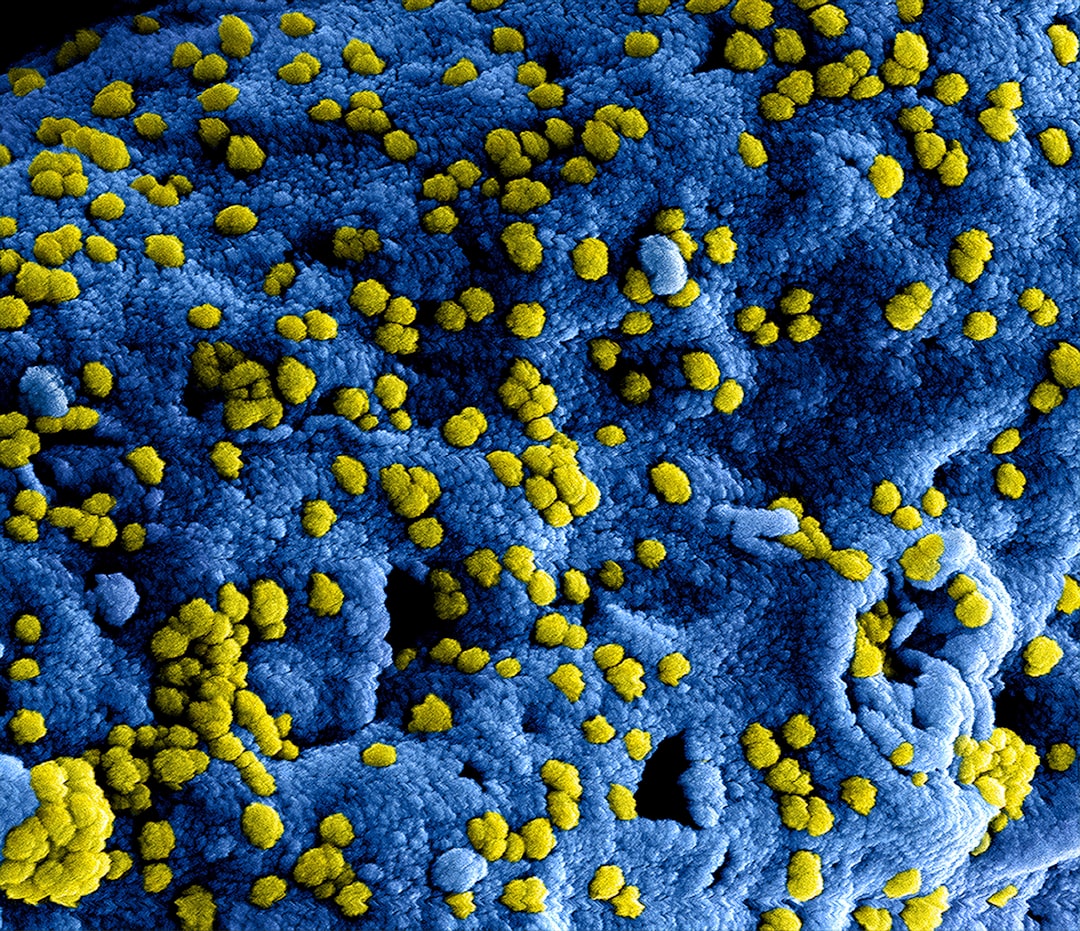What is it about?
The purpose of this investigation is to provide a useful tool to the researcher for identifying and managing the risks related to the use of 3D printers in the lab, especially concerning orthopedic applications, and to define appropriate control measures. Particular attention is given to the emerging risk related to the emission of byproducts of the 3D printing process like ultrafine particles and volatile organic compounds whose harmful effects through inhalation, ingestion and skin uptake are known.
Featured Image

Photo by NeONBRAND on Unsplash
Why is it important?
Occupational risk assessment is crucial for the novel technologies in healthcare. Indeed, if all potential hazards and implications are not taken into account, unforeseen or unacceptable outcomes may occur, thus limiting technology development and implementation as well as intended beneficial effects and, therefore, public acceptance.
Perspectives
Our approach may be useful to identify potential danger situations within the use of Additive Manufacturing technologies that are becoming widely spread in research labs.
Dr Livia Roseti
IRCCS Istituto Ortopedico Rizzoli
Read the Original
This page is a summary of: 3D printing of musculoskeletal tissues: impact on safety and health at work, Journal of Toxicology and Environmental Health Part A, August 2019, Taylor & Francis,
DOI: 10.1080/15287394.2019.1663458.
You can read the full text:
Contributors
The following have contributed to this page










